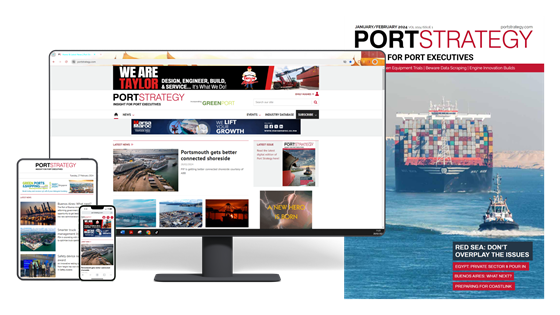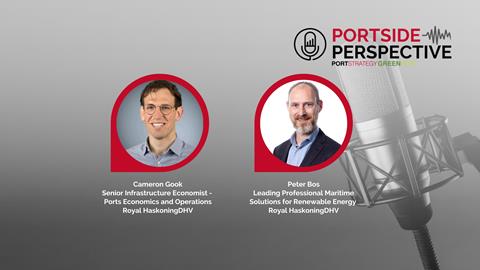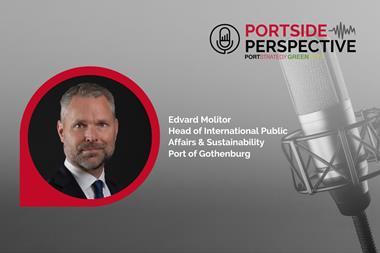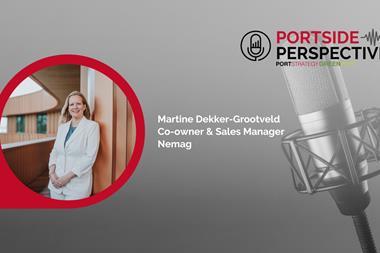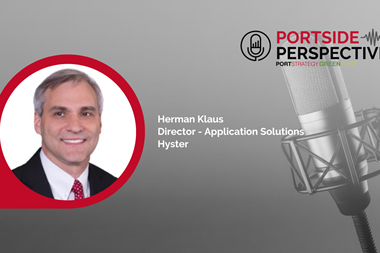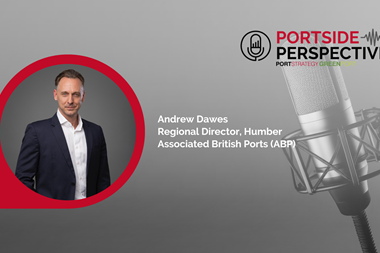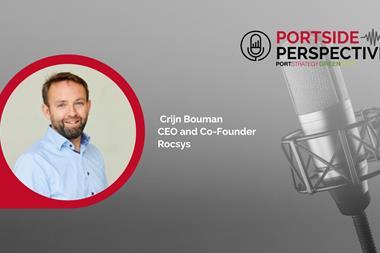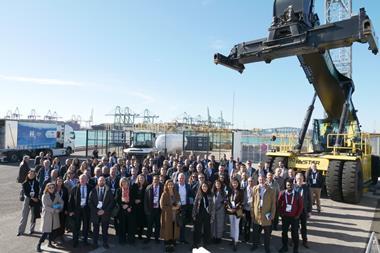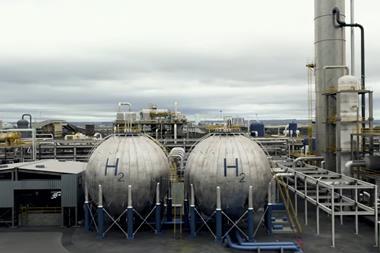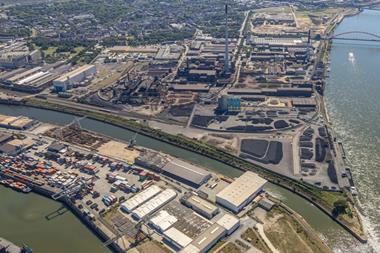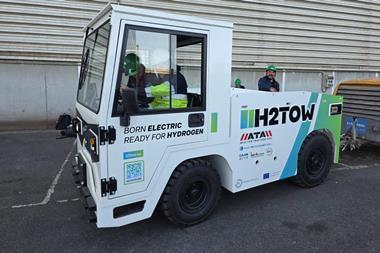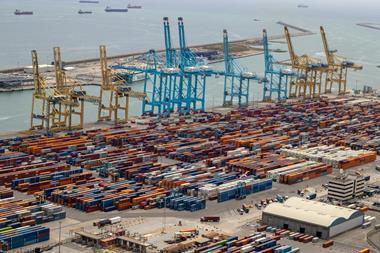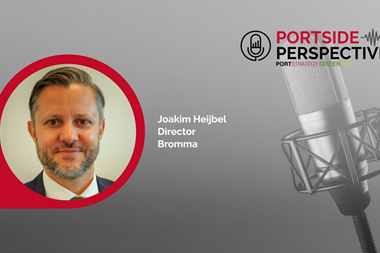As the shipping world ramps up its efforts to decarbonise, ports need to update their master plans to accommodate green fuels for industry and shipping, but how should they do this in order to grasp the best opportunities available and when is the right time?
Determining the right time to invest in green fuel port infrastructure requires an understanding of global market dynamics and a local view of production and consumption. Ultimately, adoption rates will vary by region, influenced by local supply and demand, regulation and carbon reduction targets.
But it’s critical that port strategies and masterplans consider green fuels for bunkering, import, export and onsite production.
Ports must plan immediately for green fuels or risk being left behind. To maintain their relevance and competitiveness in a rapidly changing maritime landscape requires detailed end-to-end planning.
Read more on the topic in our EXCLUSIVE: Green fuels and solving the port planning conundrum by Cameron Gook, Royal HaskoningDHV.
About Royal HaskoningDHV
Royal HaskoningDHV is a global team of sustainability consultants, engineers and designers serving the maritime sector and beyond.
While decarbonisation is a challenge the ports sector has to solve, it’s also a huge opportunity. RHDHV uses its experience conducting alternative fuels studies and implementing renewable and energy efficient power solutions to help ports reduce emissions and capitalise in on the renewable energy market.


